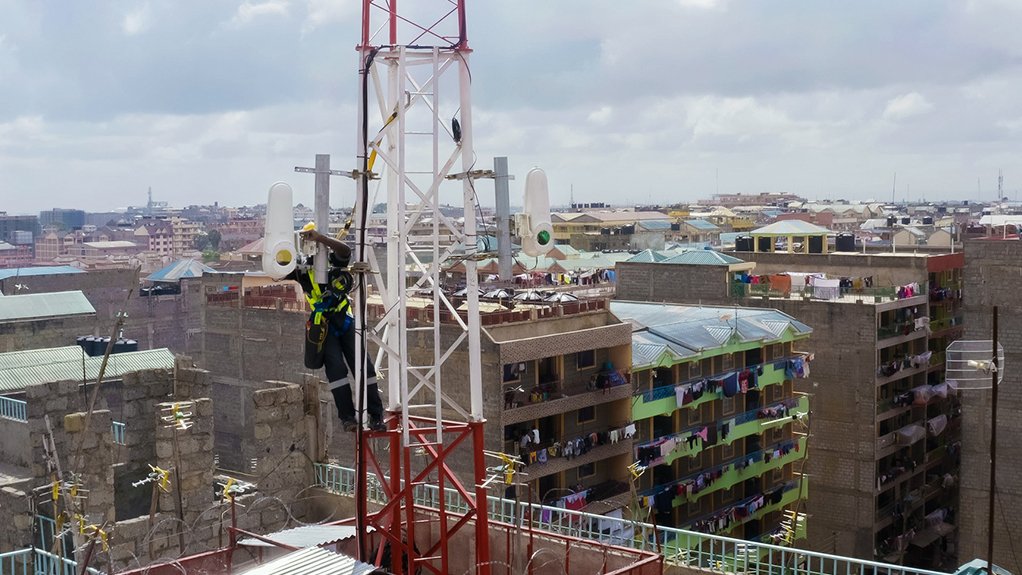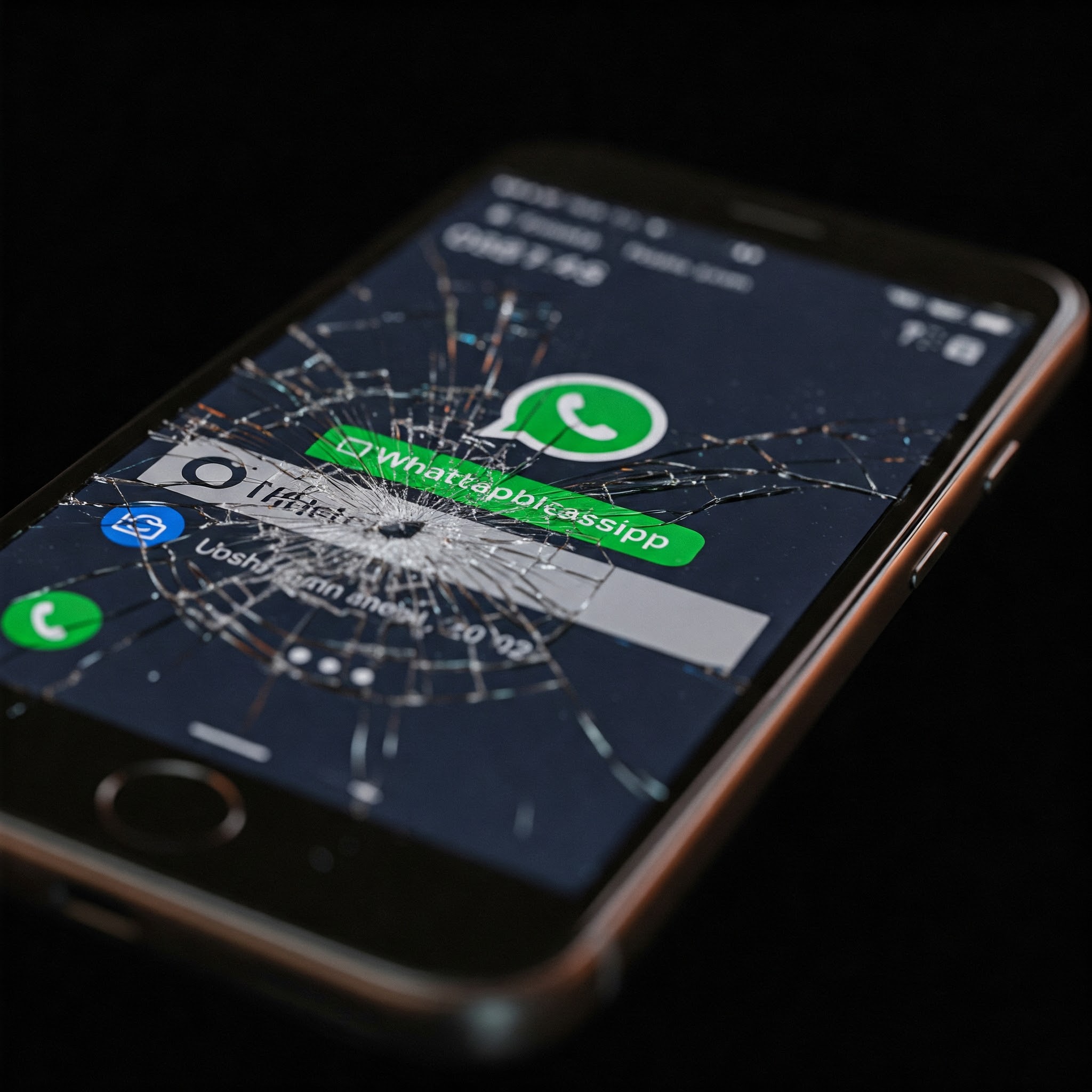Last year we covered the partnership between Liquid Intelligent Technologies, the Econet Group and Alphabet subsidiary X. The goal is to connect remote places to the internet, affordably and reliably.
Quick recap
X has tried various solutions in pursuit of that goal before. For example Project Loon which involved beaming lasers between balloons 100km apart in the stratosphere (12-15km above ground) to send data.
This time around, through Project Taara, they are beaming lasers between links less than 1km above the ground.
The tech is called wireless optical communications technology. It delivers high speed and high capacity connectivity over fairly long distances. 20Gbps link up to 20km in Project Taara’s case.
It truly is fibre optics without the fibre like they say. The original test run was done in Kenya but X has provided an update on what is going on in the DRC and Congo.
The problem in the Congos
Project Taara to the rescue
They were able to serve nearly 700 terabytes of data in 20 days over the Project Taara links. That’s about 35TB a day. The impressive bit – they managed an uptime of 99.9% over the 20 days. That’s amazing.
Going forward, the team does not expect to see perfect reliability in all kinds of weather. However, they do expect similar performance from the Taara links across the Congo river.
Why the 99.9% uptime is impressive
Wireless optical communications technology is not new. It hasn’t really been adopted because it is fickle when it comes to reliability. This has caused many to question its viability.
The need for line of sight presents problems in practice. The signal is compromised by fog, haze and heavy rains. Also by interruptions like birds flying in front of the signal, or curious monkeys messing about with the transmitters.
The Taara team has been working to overcome these challenges by:
- Refining pointing and tracking – improvements in atmospheric sensing, mirror controls and motion detection allow automatic adjustments to changes in environment to maintain connection.
- Mitigating environmental changes – adjusting laser power and bit processing help prevent service interruptions.
- Developing network planning tools -even these measures have their limitations, for example rainy, foggy places will never be ideal sites for this tech. So network planning tools estimate how effective it will be, considering the weather.
Could Zimbabwe benefit from Project Taara
Most definitely. I am writing this article from a neighborhood that is yet to have fibre lines laid. For a new neighborhood that is small and is still under development and construction, the economics just don’t support laying fibre here.
The big advantage of these wireless optical communications is that they are much much cheaper to install than laying fibre. The lower cost would mean neighborhoods like mine get ‘fibre without the cables.’
The reliability questions don’t phase me. The Taara team is confident 99% reliability is achievable. After all, I’ve had Telone fibre which, to be kind, I’ll just say could not achieve that 99%.
With more people using this ‘wireless fibre’ that would also mean less congestion on the mobile network operators’ base stations. Faster, reliable internet for all would be the result.
There hasn’t been any talk about if or when Project Taara could be coming to Zimbabwe. However, with Liquid’s ties to Zimbabwe, I’m confident that once successful trial runs are completed in more high population areas we will get the technology.














Comments
3 responses
Digital Vocano
This is a game changer 🧐 maybe internet speed might imporve
Maybe let’s hope so